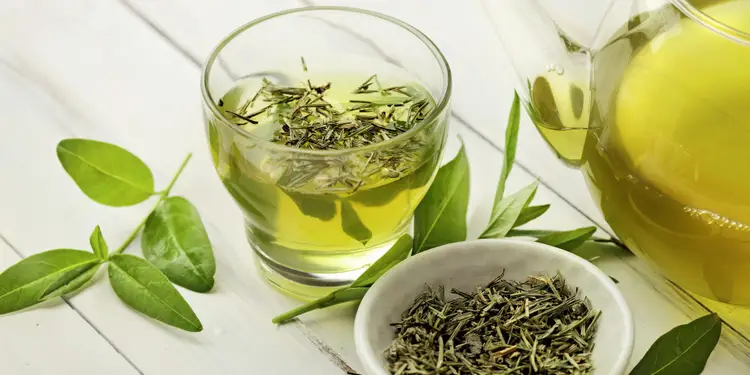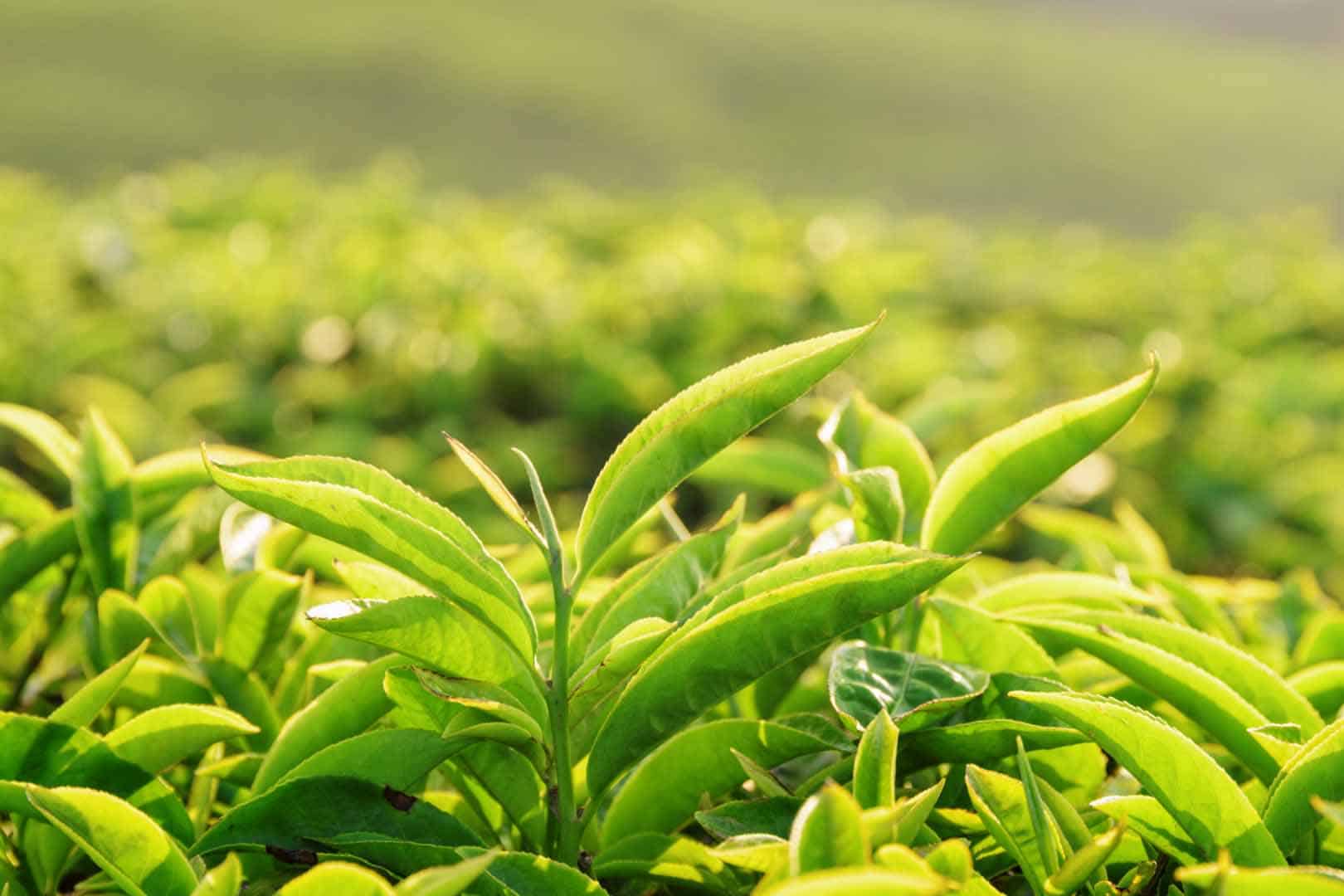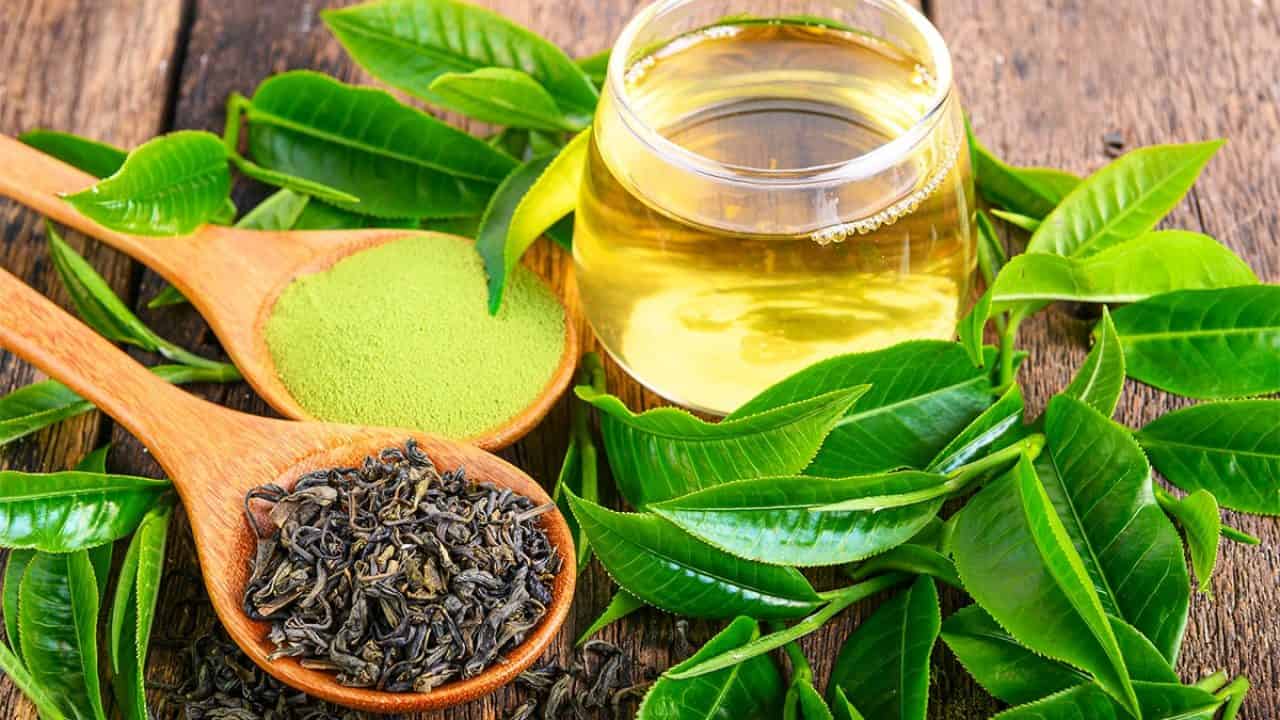Welcome, tea enthusiasts! Today, we delve into the intriguing topic of green tea temperature—the key to unlocking the optimal flavors and aromas of this beloved beverage. Green tea is known for its delicate nature, and getting the temperature right plays a vital role in ensuring a satisfying tea-drinking experience. In this article, we will explore the secrets behind the perfect temperature for brewing green tea, understand its impact on taste, and provide some useful tips to help you achieve tea nirvana. So, let’s embark on this temperature adventure together!
The Importance of Green Tea Temperature
The temperature at which you steep green tea significantly affects its taste, aroma, and overall quality. Here’s why the right temperature is crucial:
🌡️ Preserving Delicate Flavors: Green tea leaves contain delicate compounds that contribute to its unique flavors and aroma. Brewing at the correct temperature allows these flavors to unfold harmoniously.
🌡️ Avoiding Bitterness: High water temperatures can extract bitter compounds from green tea leaves, overpowering its subtle flavors. A proper temperature balance is essential to prevent bitterness.
The Optimal Temperature Range for Green Tea
The ideal temperature range for brewing green tea falls between 160°F (71°C) and 180°F (82°C). Within this range, different types of green tea may have specific temperature preferences. Here’s a breakdown:
🍃 Light Steamed Green Tea (e.g., Japanese Sencha): Optimal Temperature: 160°F (71°C) to 170°F (77°C) This range preserves the fresh, grassy flavors and minimizes bitterness.
🍃 Pan-Fired Green Tea (e.g., Chinese Dragon Well): Optimal Temperature: 170°F (77°C) to 180°F (82°C) Higher temperatures enhance the nutty, toasty notes while maintaining a balanced taste.
Tips for Achieving the Perfect Green Tea Temperature
To achieve the optimal temperature for your green tea, consider these useful tips:
✨ Invest in a Thermometer: Using a thermometer allows you to accurately measure the water temperature and fine-tune your brewing process.
✨ Preheat Your Teapot: Pour hot water into your teapot to warm it up. This helps maintain a stable brewing temperature throughout the steeping process.
✨ Allow Boiled Water to Cool: After boiling water, let it cool for a few minutes to reach the desired temperature range before pouring it over the tea leaves.
✨ Adjust Steeping Time: Steeping time can be adjusted based on your preferred strength. Shorter steeping times work well with lower temperatures to avoid bitterness.
Green Tea Temperature Comparison
| Green Tea Type | Optimal Temperature Range |
|---|---|
| Japanese Sencha | 160°F (71°C) to 170°F (77°C) |
| Chinese Dragon Well | 170°F (77°C) to 180°F (82°C) |
FAQs:
- What happens if I use boiling water for green tea?Boiling water can scorch the delicate green tea leaves, resulting in a bitter and astringent brew. It is best to avoid boiling water for green tea.
- Can I use cooler or hotter water for green tea based on personal preference?While the recommended temperature range ensures the best balance of flavors, you can adjust the water temperature slightly based on your personal taste preferences. However, extreme temperatures may alter the taste significantly.

Conclusion:
Mastering the art of green tea brewing involves understanding the crucial role of temperature. By using the optimal temperature range, you unlock the full potential of green tea, savoring its delicate flavors and avoiding bitterness. With a little attention and the right techniques, you can elevate your green tea experience to new heights.
Fun Fact:
The traditional Chinese method of brewing green tea, known as Gongfu Cha, involves multiple short infusions with precise temperature control, resulting in a truly exquisite tea experience.
Enjoy your green tea adventures, tea enthusiasts, and may your teacup always overflow with the perfect temperature and delightful flavors!
Originally posted 2023-06-02 14:27:05.



